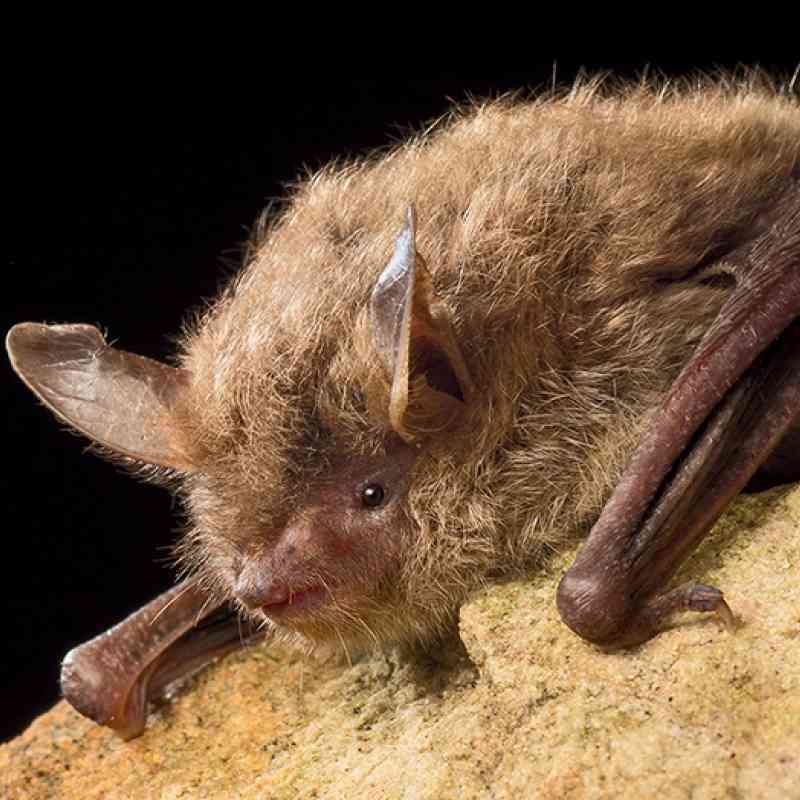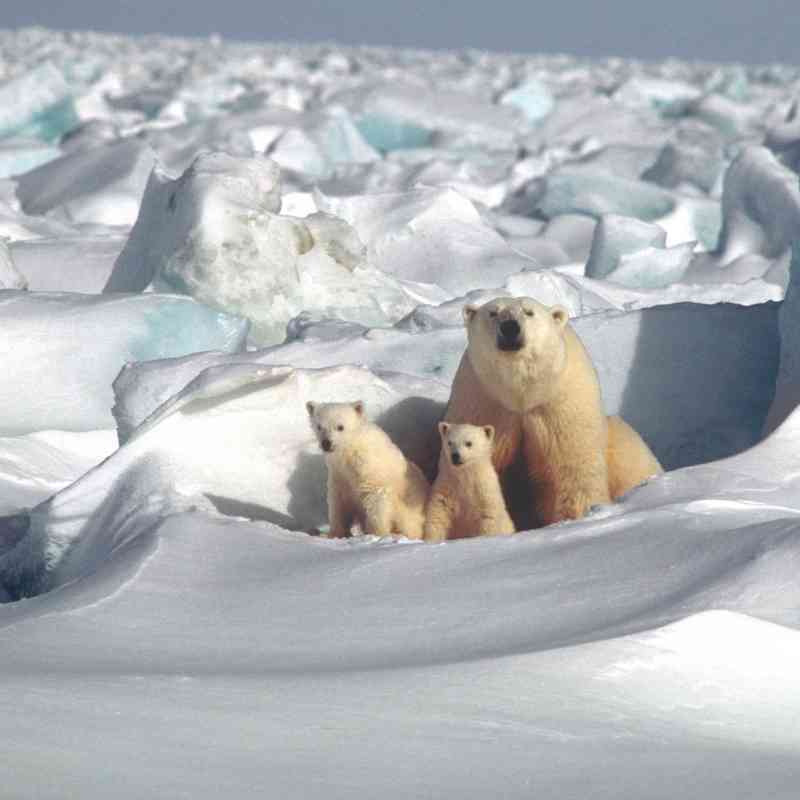FOR IMMEDIATE RELEASE
December 9, 2014
Contact: Courtney Sexton; 202.772.0253, csexton@defenders.org
Omnibus Appropriations Rider Brings More Grief for Imperiled Sage-grouse
WASHINGTON—Today the House and Senate released an omnibus appropriations bill for fiscal year 2015 that includes language that could have devastating consequences for some of our nation’s most imperiled wildlife and natural resources. Of particular concern is the inclusion of a legislative rider that could cripple conservation efforts for sage-grouse, a species whose decline signals the deterioration of western public lands. The omnibus is on a fast-track for passage and expected to be voted on later this week.
Defenders of Wildlife President and CEO Jamie Rappaport Clark issued the following statement:
“It is outrageous that Congress would include such a grossly irresponsible rider on this omnibus. This is yet another example of the recent political attacks on our nation’s wildlife and natural heritage, with Congress once again meddling in what should be science-driven decision making and ultimately placing an imperiled species at grave risk.
“This FY2015 Omnibus Appropriations bill would delay potential protection under the Endangered Species Act for the West’s imperiled sage-grouse, the second in a one-two punch to the species’ conservation. Last week the House passed a defense authorization bill that could undermine recovery for sage-grouse by effectively waiving conservation measures for livestock grazing across large tracts of grouse habitat on public lands. Now this latest blow could delay conservation efforts for years, rendering sage-grouse recovery more expensive and more disruptive in the future, and putting the smaller populations of “bi-state” and Columbia Basin sage-grouse at an even higher risk of extinction.
“Delaying much-needed protections for this imperiled species and completely ignoring well-documented significant scientific conclusions on population decline and habitat loss will not make this issue go away. The plight of the sage-grouse is sounding the alarm on a multitude of threats being imposed on the sagebrush habitat that they and hundreds of other species, including elk, mule deer and native trout, need to survive and prosper. There are more than 350 species of conservation concern in the Sagebrush Sea, of which 60 are listed or candidates for listing under the Endangered Species Act – walking away from the sage-grouse for political expediency could condemn many of these other species to the same imperiled fate down the road.
“It is appalling that Congress would play such an active and heavy handed role in undermining the vital efforts of federal wildlife officials to protect our nation’s imperiled species, critical water sources and treasured lands.”
###
Defenders of Wildlife is dedicated to the protection of all native animals and plants in their natural communities. With more than 1.1 million members and activists, Defenders of Wildlife is a leading advocate for innovative solutions to safeguard our wildlife heritage for generations to come. For more information, visit www.defenders.org and follow us on Twitter @DefendersNews.
Defenders of Wildlife is celebrating 75 years of protecting all native animals and plants in their natural communities. With a nationwide network of nearly 2.2 million members and activists, Defenders of Wildlife is a leading advocate for innovative solutions to safeguard our wildlife heritage for generations to come. For more information, visit defenders.org/newsroom and follow us on Twitter @Defenders.

